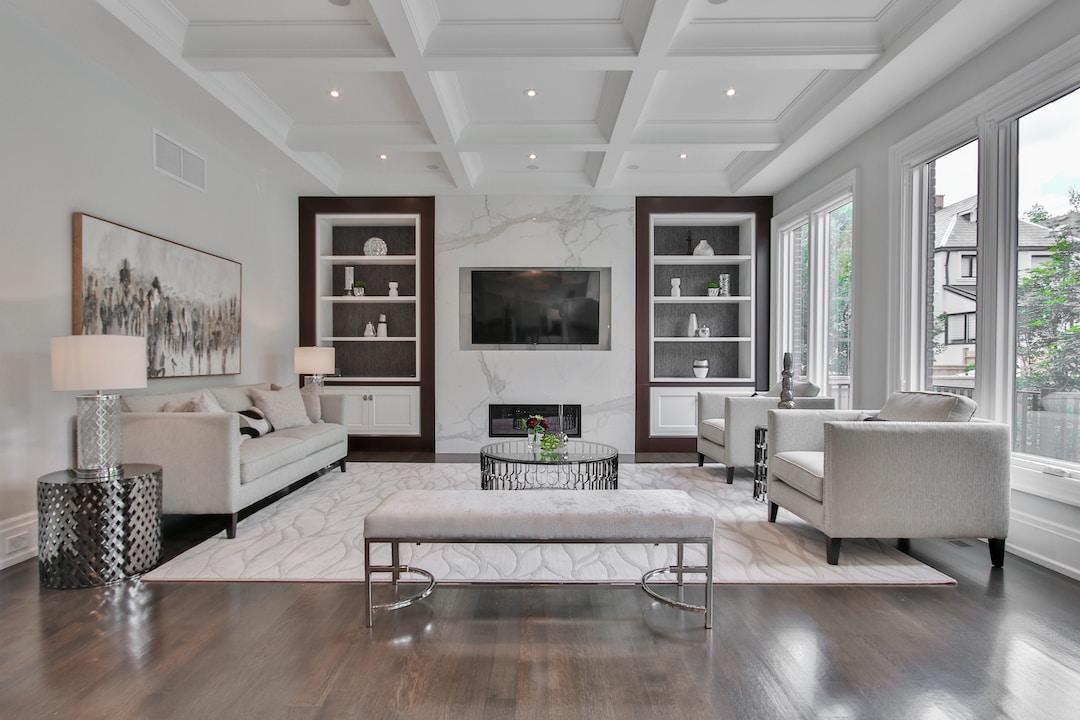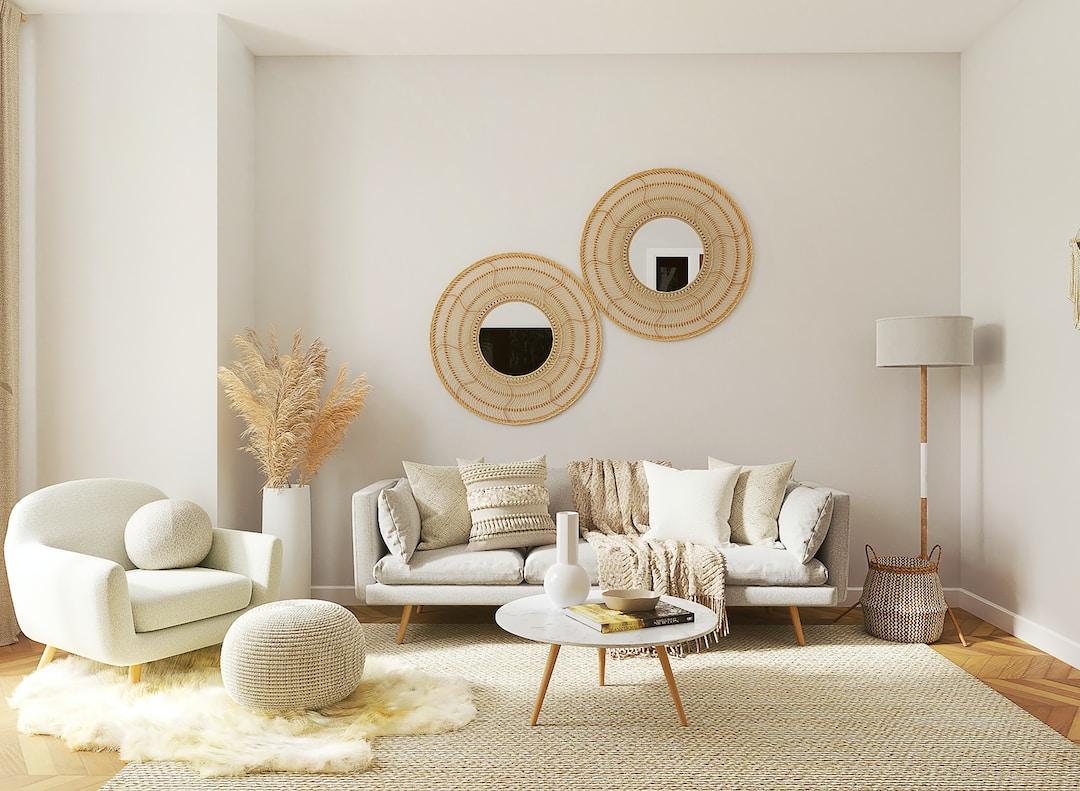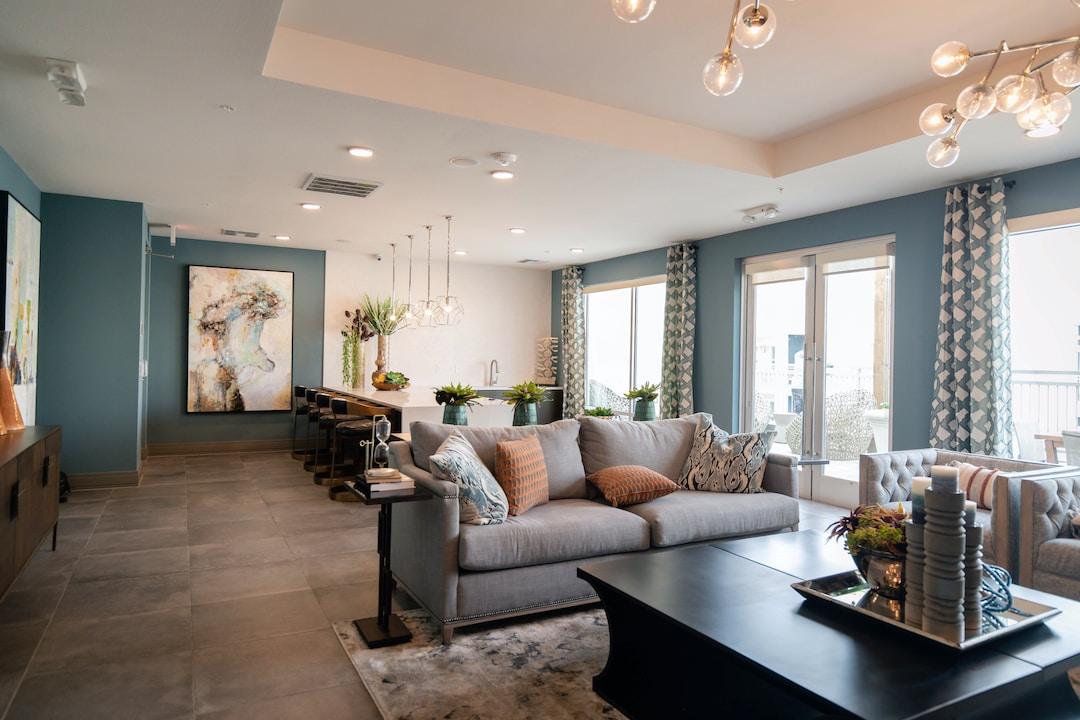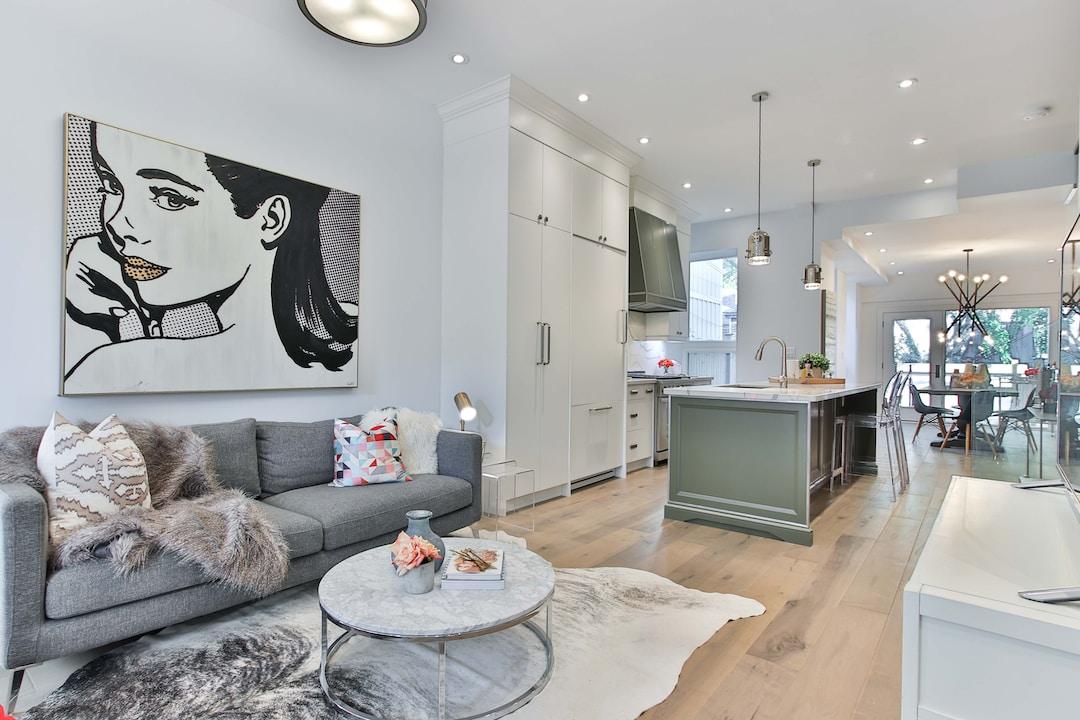The space we live in is not just a house or an apartment; it’s a reflection of our personalities, our choices, and our tastes. A well-decorated space can bring immense joy, comfort, and functionality to its dwellers. Whipping your living space into better aesthetic condition might seem like a daunting task, especially if you are not a naturally gifted decor individual. However, with careful planning and a guided approach, you can transform your space into a haven that showcases your personality and style. In this guide, we will walk you through the essential steps of interior decorating.
Understanding the Basics of Interior Decorating

Interior decorating is not simply buying nice furniture pieces and arranging them in a room. It involves understanding the space, its purpose, the lifestyle of the people living in it, and their tastes. Achieving a balance between functionality and aesthetics is crucial in interior decoration. It begins with an understanding of the basic principles, which include balance, rhythm, emphasis, and scale and proportion. These principles form the foundation of any successful interior decoration project and provide a guide in creating aesthetically pleasing and effective designs.
To exemplify, balance in interior decorating refers to the distribution of visual weight in a room. It can be symmetrical, asymmetrical, or radial. Rhythm involves creating patterns of repetition and contrasts to create visual interest. The principle of emphasis involves drawing attention to a focal point in the space, while scale and proportion ensure that all pieces in a room are the right size in relation to each other. Understanding and harnessing these principles can help you create a space that is harmonious, comfortable, and pleasing to the eye.
Choosing Furniture Pieces

When designing a room, it’s important to consider the materials and style of the furniture to ensure they align with the chosen theme. The furniture in a room can greatly influence the overall ambiance and create a cohesive look. One way to achieve this is by selecting furniture pieces that reflect the theme or decor style you are trying to portray.
For instance, if you are aiming for a Parisian-inspired room, incorporating a French bistro chair can instantly enhance the ambiance. Bistro chairs are typically made of metal and feature intricate designs that are reminiscent of the charming cafés in Paris. By incorporating these durable chairs into your space, you can instantly transport your guests to a French bistro, adding a touch of elegance and sophistication.
In addition to the materials used, the style of the furniture should also be in line with the chosen theme. Choosing furniture with similar design elements or a common style can help create a cohesive and visually pleasing look. For example, if you are going for a rustic farmhouse theme, selecting furniture pieces made from reclaimed wood or featuring distressed finishes can help achieve that desired aesthetic.
On the other hand, if you are trying to create a modern and sleek look, opting for furniture with clean lines and minimalist designs can help you accomplish this style. When you shop from a quality retailer like Serena & Lily, you are sure to find pieces that will match any style or material preference.
Selecting A Color Scheme

Choosing a color scheme is one of the most important aspects of decorating. Color sets the tone and mood of the room. It can create harmony, induce calmness, or add energy. The choice of color also has a significant impact on the perceived size and lighting of a room. Lighter hues tend to make rooms feel bigger and brighter, while darker colors can make a room feel cozy and intimate. The rule of thumb is that warmer hues attract attention and stimulate activity, while cooler colors are calming and ideal for bedrooms and bathrooms.
A successful color scheme should be based on the color wheel. Complementary colors, which are opposite each other on the color wheel, create a vibrant contrast suitable for accent pieces, while analogous colors, which are next to each other, create a serene and comfortable look. The 60-30-10 rule can also be handy when creating a color palette. This rule suggests that 60% of the room should be a dominant color, 30% a secondary color, and 10% an accent color. The ratio maintains balance while creating room for creativity and variety.
Personalizing Your Space
A well-decorated space is not just aesthetically pleasing; it reflects the personality and spirit of its inhabitants. Personalizing your space is essential in creating a home that feels truly yours. This can be achieved by displaying personal collections, family photographs, or artwork that resonates with you. Remember that your home is not a showroom. It should tell your story and celebrate your individuality. So, don’t hesitate to bring out those quirky items that make you happy.
The choice of colors, furniture, and décor can also reflect your personal style. If you are a free spirit who loves nature, you might opt for a bohemian style with ample plants and natural materials. For collectors, gallery walls could be a great way to exhibit their collections. Accessibility, comfort, and personal sentiments should guide your decorating decisions.
Moreover, incorporating your hobbies and habits into the design is another way to personalize your space. If you love reading, create a cozy reading nook. For movie lovers, setting up a home theatre might be a delight. The idea is to tailor your space to your needs and preferences, making it uniquely yours.
Understanding Lighting and Its Significance

Lighting is an important but often overlooked aspect of interior decorating. The right lighting can enhance the room’s mood, emphasize textural elements, and bring out the colors. It can highlight art pieces, create a sense of depth and drama, and make the space more functional. The three main types of lighting are ambient, task, and accent lighting, and they should be appropriately incorporated into your space.
Ambient lighting, also known as general lighting, provides overall illumination to the room. It mostly comes from ceiling fixtures and is ideally soft and diffused to avoid harsh shadows. Task lighting illuminates specific areas where certain tasks, such as reading or cooking, are being carried out. Table lamps, under-cabinet lights, and vanity lights are examples of task lighting. Accent lighting highlights specific features or elements in the room, like paintings or architectural detail. Spotlights and track lighting are common sources of accent lighting.
Choose lighting fixtures that complement your room’s décor. A stylish pendant light or a sculptural table lamp can not only provide light but also serve as a décor piece. Always ensure all areas of your space have adequate lighting to enhance functionality and aesthetics.
Performing Ongoing Maintenance and Updating
Once your decorating project is complete, the next challenge is to maintain the beauty and functionality of your space. Regular cleaning, decluttering, and repairs are essential to keep your space looking its best. Use soft cloths and appropriate cleaning agents for your furniture and decor items. Avoid overfilling your space and regularly declutter to maintain a sense of order and tranquillity.
Over time, you might feel the need to update your decor. This could be in response to changing needs, preferences, or trends. Updating your decor does not mean a complete overhaul. It could be as simple as repainting a wall, swapping out cushions, or adding a new rug. Remember to keep the basics in mind and ensure any update complements the existing decor.
Re-decorating your space is an ongoing process that allows you to express your creativity and personal style. It might seem daunting at first, but with patience, research, and careful planning, it can be an enjoyable and rewarding experience. Enjoy the process, learn with each step, and don’t be scared to make mistakes. After all, every home is unique, and your ‘perfect’ space is one that makes you feel at home.
Interior decorating requires understanding the basics, selecting an appropriate color scheme, choosing the right furniture, personalizing your space, understanding lighting, and ongoing maintenance. The ultimate aim is to create a space that not only appeals visually but is also functional, comfortable, and truly yours. Transforming your space might seem challenging, but with these steps, you are well on your way to having a wonderfully decorated interior.
Leave a Reply